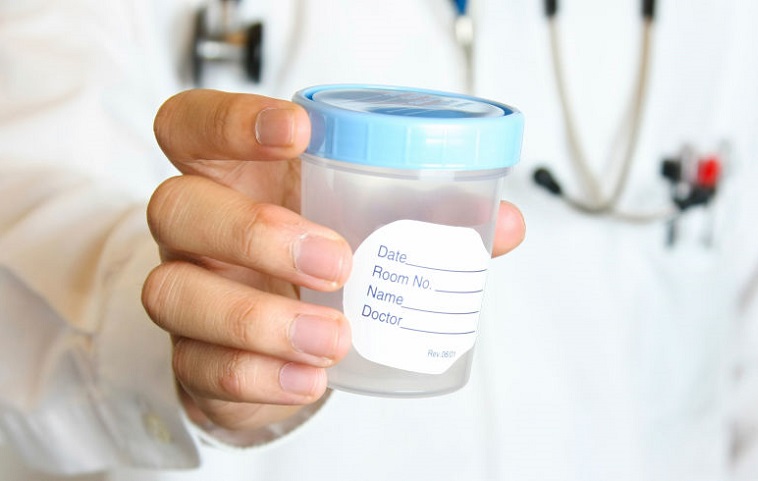If the sperm did not come out once in TESE (testicular sperm extraction), what is the probability that it will come out again?

Is Hysterosalpingography (HSG) necessary before IVF?
3 October 2022
Weak ovarian reserve and IVF treatment
3 October 2022If the sperm did not come out once in TESE (testicular sperm extraction), what is the probability that it will come out again?

If the sperm did not come out once in TESE (testicular sperm extraction), what is the probability that it will come out again?
Main causes of male infertility are that quantity, quality and motility of a man’s spermatozoa are insufficient for pregnancy to occur. In addition, there are cases when spermatozoa are not found in sperm of a man (azospermia). In this case, there are problems such as blockage of male vas deferens. In such cases, since pregnancy cannot be achieved naturally, in vitro fertilization is preferred. To do this, spermatozoa are removed surgically. For men who do not have sperm in their semen, sperm extraction studies called TESE, TESA, PESA, MESA are used. Which of the listed methods will be used to obtain sperm is decided by in vitro fertilization specialists, depending on the patient’s condition. However, it can be said that TESE, which is one of these methods, is preferred over others in IVF applications.
What is TESE and how is it carried out?
TESE, which means “microscopic testicular sperm extraction”, is a type of sperm extraction method applied to men who have no sperm in their semen in tests. In this procedure, the testicles are opened under local anesthesia, and sperm is collected by biopsy. The absence of spermatozoa in the semen of a man is divided into two categories: “occlusive” and “non-occlusive”. If the patient’s problem is “occlusive” azoospermia, up to 100% of spermatozoa can be obtained, in cases of “non-occlusive” azoospermia, this success rate drops to 50%.
Can we use all sperm obtained with the TESE method?
TESE method can obtain a large number of spermatozoa from men with azoospermia. However, all this may not be necessary to achieve pregnancy with IVF treatment. For this reason, semen is used as needed, others can be saved for use in microinjections at the request of the next child.
What should I do if the sperm does not come out once with the TESE method?
TESE is a method that gives very successful results in the search for spermatozoa. However, the absence of sperm on the first application does not mean that the couple cannot have a child. Because treatment can be maintained by giving these patients reproductive drugs under different protocols. In this context, maintenance treatment with hCG/clomiphene citrate/testosterone may be used for some time as recommended by reproductive and in vitro fertilization specialists in cases where the first TESE has failed.
In such patients, it is possible to obtain mature and high-quality sperm using the TESE method, which is reconstructed after the use of drugs. In fact, if a large amount of quality sperm is obtained after these medical procedures, it is also possible to save the excess sperm and use it in the next pregnancy.
What fertility treatments use TESE sperm?
When opening the testicular tissue in men with azoospermia, spermatozoa remaining between the vas deferens and tubules are found and removed. In cases where spermatozoa are obtained by this method, the fertilization condition for pregnancy must be met for medical reasons. In this context, the first treatment that comes to mind is in vitro fertilization. Because during IVF, a woman’s eggs and a man’s sperm are combined in the laboratory and fertilization occurs. The resulting embryo at the right time is transferred to the uterus of the expectant mother. Another way to achieve pregnancy with sperm obtained with the TESE method is microinjection. Microinjection is mainly used for men whose sperm count and motility are insufficient for natural pregnancy and childbirth. However, pregnancy is achieved by microinjection in men with azoospermia. To do this, the woman’s egg is fixed with a pipette. Then the healthiest and highest quality sperm obtained with TESE method is injected into egg with a needle. In this way, fertilization is carried out and resulting embryo is placed in the uterus of expectant mother.

